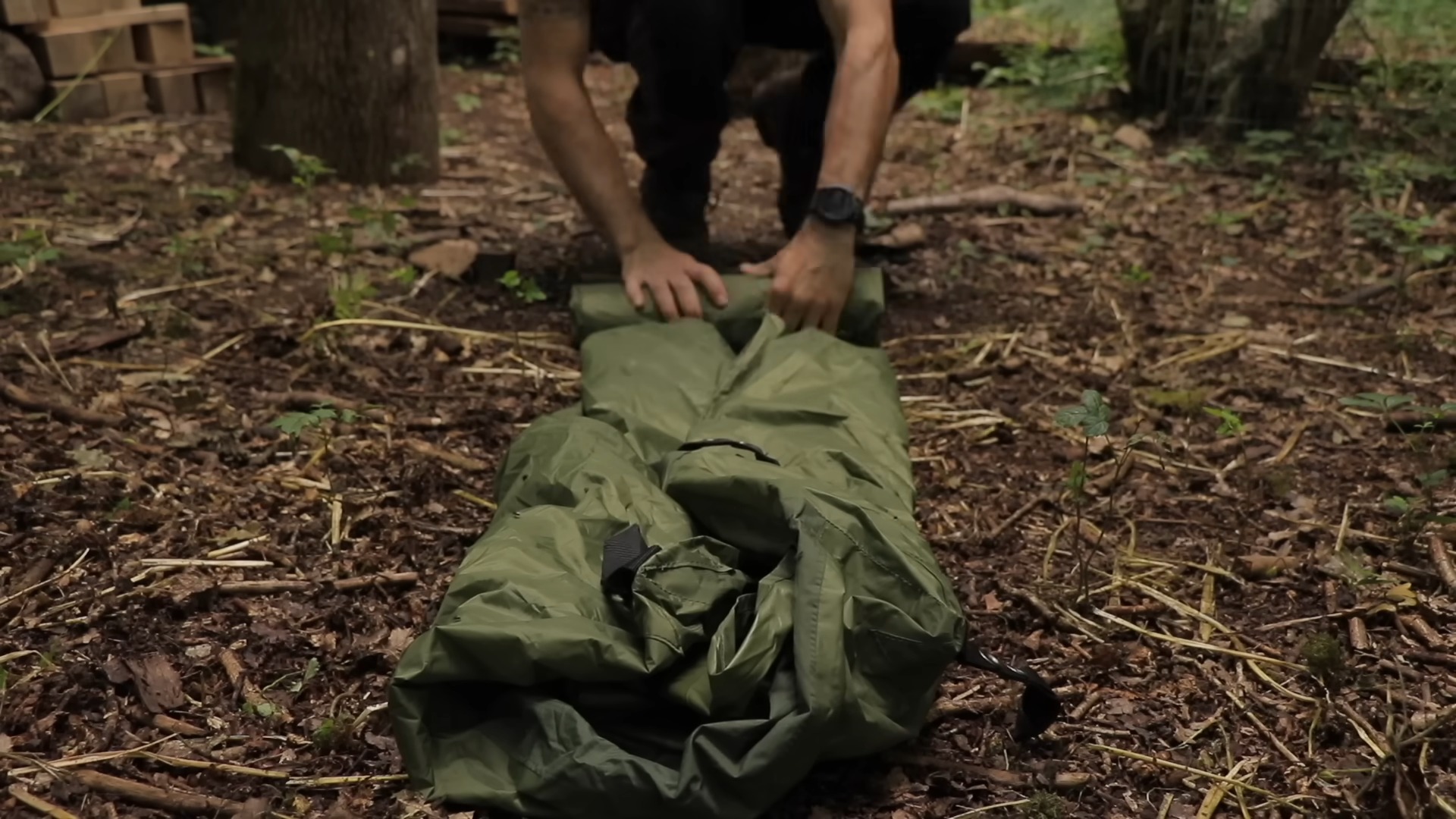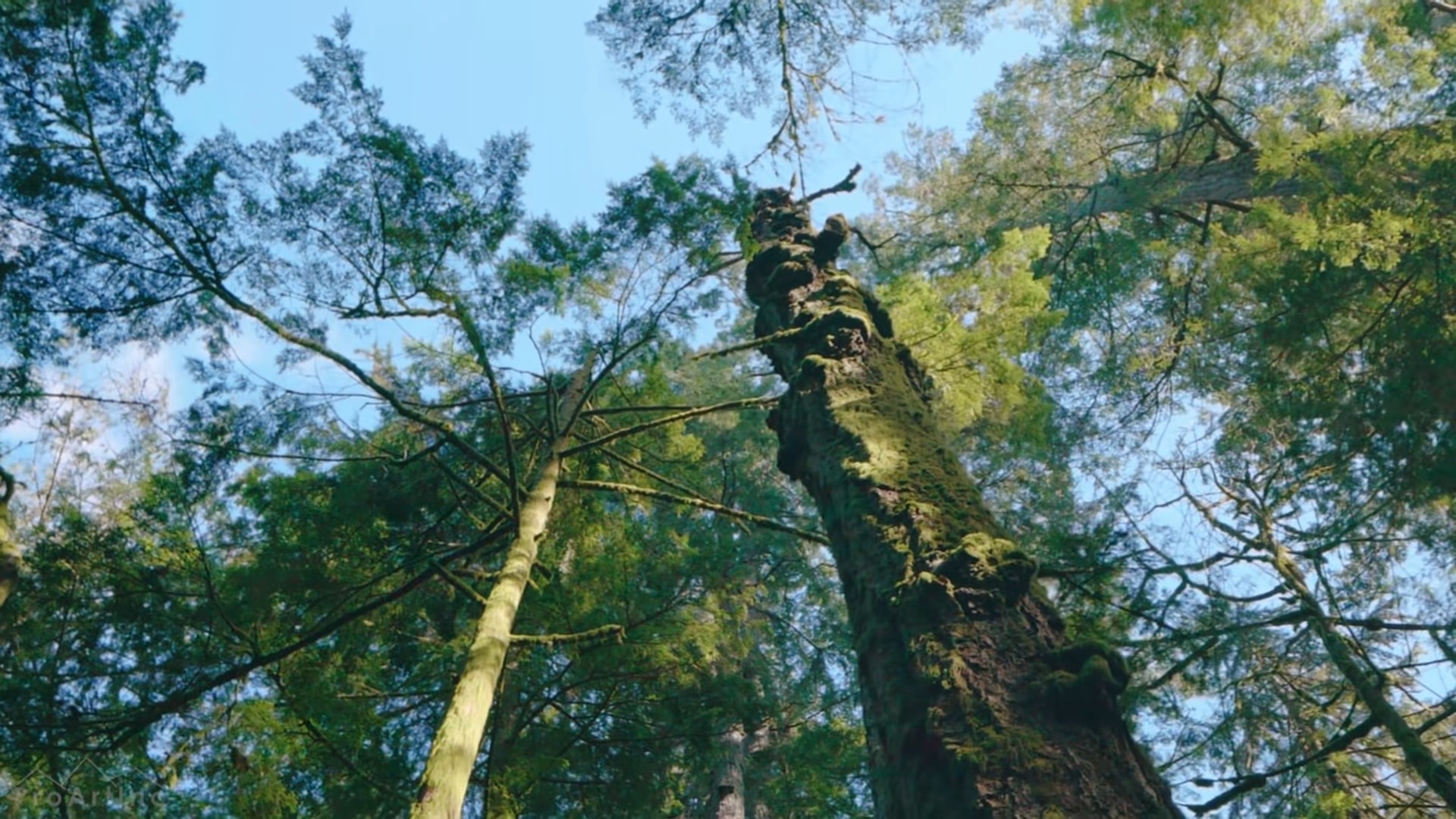As someone who has spent countless nights nestled away in unseen corners of the wilderness, I can attest to the allure of stealth camping. This practice is not just about finding a place to sleep for the night; it’s about merging with the environment in a way that leaves no trace of your presence.
Stealth camping involves setting up a temporary camp in a covert manner, often outside of designated camping areas. It’s a skill that appeals to those seeking a deeper connection with nature, as well as to travelers on a budget or those journeying through areas with limited camping options, like focusing only on specific backpacking stoves.
My name is Riley Johnson and I want to talk about what stealth camping really is and how it really functions.
What Constitutes Stealth Camping?

Stealth camping, simply put, is camping without drawing attention to oneself. It’s about blending into your surroundings, being discreet, and moving on without leaving any sign you were there.
This form of camping is distinct from traditional camping, where one might set up a tent in a campground with amenities and the company of other campers. Some people might be confused on how this one differs from other types.
| Type | Description | Location | Amenities | Visibility |
|---|---|---|---|---|
| Traditional | Designated campsites, often with facilities like bathrooms and fire pits. | Designated campgrounds | Often available | High |
| Dry | No hookups for utilities, often in an RV or van. | Various, including campgrounds and remote areas | None | Moderate to Low |
| Primitive | Basic camping in remote or undeveloped areas, without any amenities. | Remote wilderness areas | None | Low |
| Stealth | Camping undetected, often for a single night, and leaving no trace. | Undisclosed, often outside designated areas | None | Very Low to None |
How to Prepare?
Embarking on a stealth camping adventure requires thoughtful preparation, both in terms of the gear you carry and the skills you possess. The essence of stealth camping is to remain undetected and to have minimal impact on the environment. This means washing your sleeping bag before the trip, packing light, being resourceful, and having a plan.
Essential Gear and Skills
The gear needed for stealth camping is quite specific; it must be compact, lightweight, and functional.
Here’s a list of essential gear that I always pack:
- Compact Shelter: A small, low-profile 2-person tent or bivy sack in muted colors that blend with the environment.
- Sleep System: A lightweight sleeping bag and pad, suitable for the climate.
- Backpack: A comfortable, durable pack that can hold all your gear without being bulky.
- Water Purification: A portable water filter or purification tablets.
- Cooking Gear: A small stove or no-cook meal options, depending on fire risk and regulations.
- Food Storage: Odor-proof bags or a bear canister if in bear country.
- Navigation Tools: A map, compass, and possibly a GPS device.
- First Aid Kit: A well-stocked kit for emergencies.
In terms of skills, stealth camping success hinges on:
- Discretion: Knowing how to move quietly and leave no trace.
- Site Selection: Being able to choose a site that is safe, legal, and has minimal impact on the environment.
- Wilderness Survival: Understanding basic survival skills such as finding water, weather prediction, and first aid.
- Environmental Knowledge: Recognizing local flora and fauna to avoid damaging sensitive ecosystems or disturbing wildlife.
Choosing Your Location

Selecting the right location is critical in stealth camping.
The criteria for a good spot include:
- Seclusion: The area should be away from trails, roads, and populated areas.
- Legal Status: Ensure the land is not private property or legally restricted against camping.
- Safety: Avoid flood zones, animal dens, and hazardous terrain.
- Environmental Impact: Look for durable surfaces to camp on, such as rock, sand, or dry grasses.
The choice between urban and rural settings depends on your goals:
- Urban Stealth Camping: Often involves finding hidden spots within city environments, like parks or undeveloped lots. It requires a high level of discretion and awareness of local ordinances.
- Rural Stealth Camping: Typically found in natural settings, where the focus is on minimizing environmental impact and practicing Leave No Trace principles.
Minimizing Impact and Leaving No Trace
The principle of leaving no trace is paramount in stealth camping. It’s not just about not getting caught; it’s about preserving the natural beauty and integrity of the places we visit.
This means:
- Planning Ahead: Research the area and know the regulations.
- Disposing of Waste Properly: Pack out all trash, leftover food, and litter.
- Respecting Wildlife: Observe wildlife from a distance and never feed animals.
- Being Considerate of Others: Respect other visitors and protect the quality of their experience.
Best Practices for Stealth Camping
When it comes to stealth camping, there are several best practices that I’ve honed over the years to ensure that I stay safe, undetected, and respectful of the environment and local regulations.
Here’s a distilled list of the most critical points:
- Location Selection: Choose a spot that is not visible from paths or roads, and avoid areas that are environmentally sensitive or legally protected.
- Timing: Set up camp late in the day and leave early to minimize the chances of being seen.
- Low Impact: Use a small, discreet tent or hammock and avoid making a fire unless it’s safe and legal to do so.
- Leave No Trace: Pack out all waste, don’t disturb vegetation, and leave the site as you found it.
- Noise Discipline: Keep noise to a minimum to avoid drawing attention to your campsite.
- Light Discipline: Use red lights or keep your flashlight use to a minimum during the night.
- Awareness: Be aware of wildlife and take precautions to avoid attracting animals to your site.
By adhering to these practices, stealth campers can enjoy their experience while maintaining the integrity of the natural spaces they visit and avoiding negative encounters with law enforcement or property owners.
FAQ
How do you avoid wildlife encounters while stealth camping?
Keep your campsite, store food properly, and avoid areas known for wildlife activity. Also, bring a clean tent to avoid any pollution.
What is the best tent color for stealth camping?
Earth tones like green, brown, or gray that blend into the natural environment.
Can stealth camping be done on a bicycle tour?
Yes, many bicycle tourists stealth camp to save on costs and increase flexibility.
How do you leave a stealth campsite in the morning?
Pack up at dawn or before, ensuring you leave the site exactly as you found it.
What are the consequences of being caught stealth camping?
Consequences can range from a warning to fines or even legal action, depending on the location and circumstances.
Closing Thoughts
In my years of embracing the stealth camping lifestyle, I’ve learned that it’s much more than just finding a hidden spot to sleep.
It’s a profound way to engage with the world around you, to challenge yourself, and to foster a deep respect for nature and the rules that govern our wild spaces.
Just remember, the key to successful stealth camping is preparation, respect, and discretion. Happy camping, and may you find that perfect, hidden gem of a campsite on your next adventure.
Hey everyone, I’m Jared. Outdoor life wasn’t something I inherited. My parents had never been on a trail or in a tent. The outdoors found me another way. My best friend in middle school had a deep appreciation for nature, and his enthusiasm rubbed off quickly. We spent countless afternoons trekking through local trails, soaking up everything we could along the way.
That interest never faded. Through college, I kept hiking and spending as much time outdoors as possible. After junior year, I took a break from school to chase a dream: completing the Appalachian Trail. I made it through, but not without setbacks. I spent nearly every dollar I had on gear—some pieces were solid, but others let me down hard. One highly praised backpack barely survived a week. Watching money vanish like that stung. No one deserves to be misled.
Too many reviews felt like fluff. I knew something had to change. I started asking other hikers and survivalists what they looked for, what they struggled with, and what they wish they had known sooner. Over time, a clear picture formed. People didn’t just need help picking gear—they needed to avoid unnecessary purchases. They wanted clear answers, honest reviews, and practical advice.
That’s when GearDesciple began to take shape. It started as a passion project and became a trusted source for survival, hunting, and everyday carry insights.
As the site grew, so did the workload. Late one night, I called my brother Matt and pitched the idea of joining forces. He jumped in, and it turned out to be one of the best moves I’ve ever made. His dedication and insights strengthened the site, and together we’ve built something we’re proud to share.